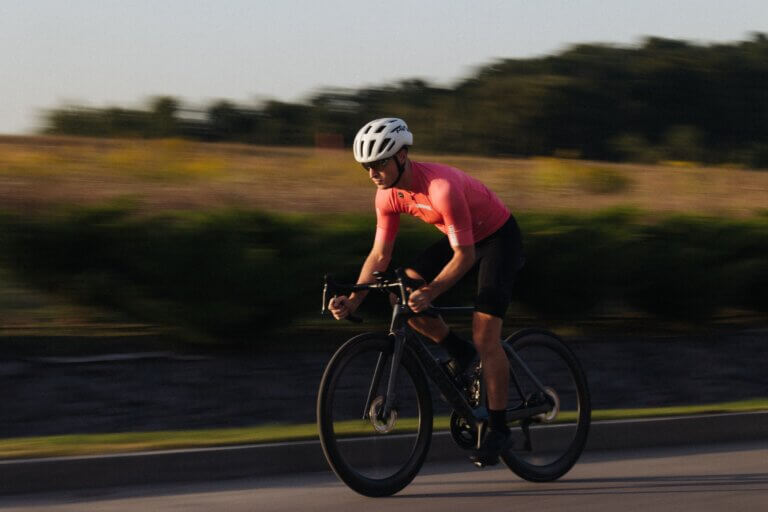We’ve all been there—out on the road, pedaling hard, only to feel like we’re battling an invisible force. Cycling against the wind can be downright annoying and demoralizing. The gusts push you back, slow you down, and make every pedal stroke feel like a struggle.
But fear not, with the right knowledge, you can make your windy rides not only more manageable but also more enjoyable. In this comprehensive guide, we will delve into nine essential tips to help you not only survive but thrive when you cycle in the wind.
1. Check the Forecast: Be Wind-Wise
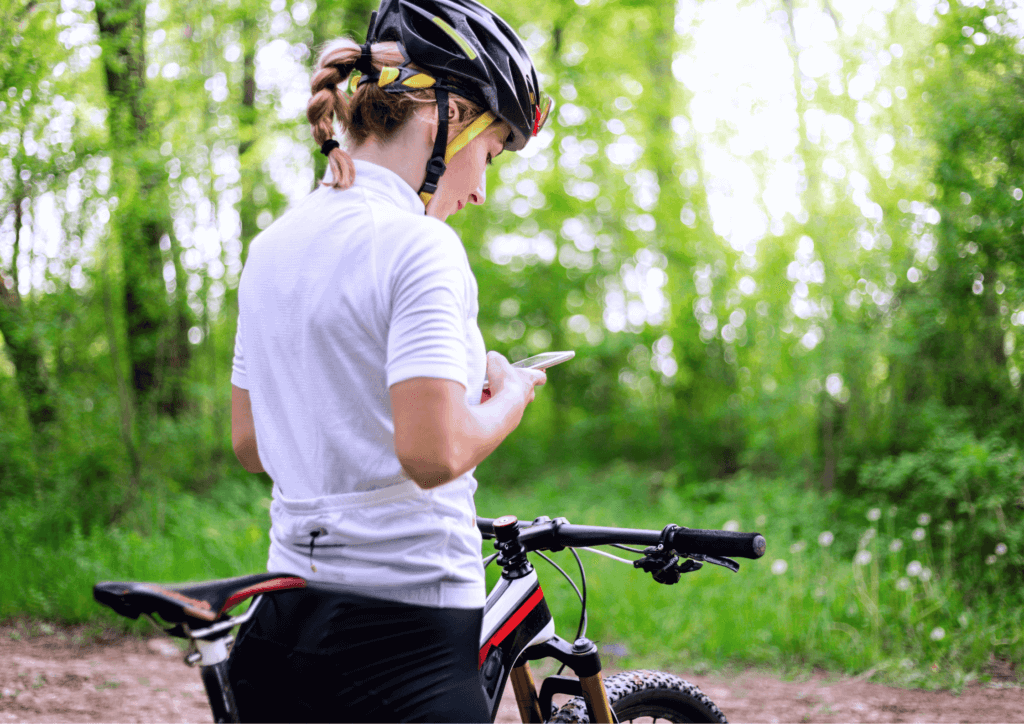
Before you get on your bike, always begin by checking the weather forecast. Wind isn’t just an inconvenience; it can also make your ride downright dangerous. When wind gusts reach 35 mph (56 kph) or more, bike control becomes exceedingly difficult.
In such extreme conditions, being blown sideways into traffic or off the road is a genuine concern. In fact, the danger posed by gusty, buffeting crosswinds is often underestimated.
Cyclists are vulnerable to sudden shifts in position, with the bike instantly moving over several feet or even resulting in a dangerous fall. To mitigate these risks, it’s essential to keep a keen eye on the weather forecast. Maybe decide to do an indoor bike session instead on days when the wind reaches dangerous levels. Your safety should always be a priority.
Not only does checking the forecast help you plan your route effectively, but it also guides you in dressing appropriately. Understanding the weather allows you to choose the right clothing to stay comfortable throughout your ride.
2. Plan Your Route: Harnessing Wind’s Power
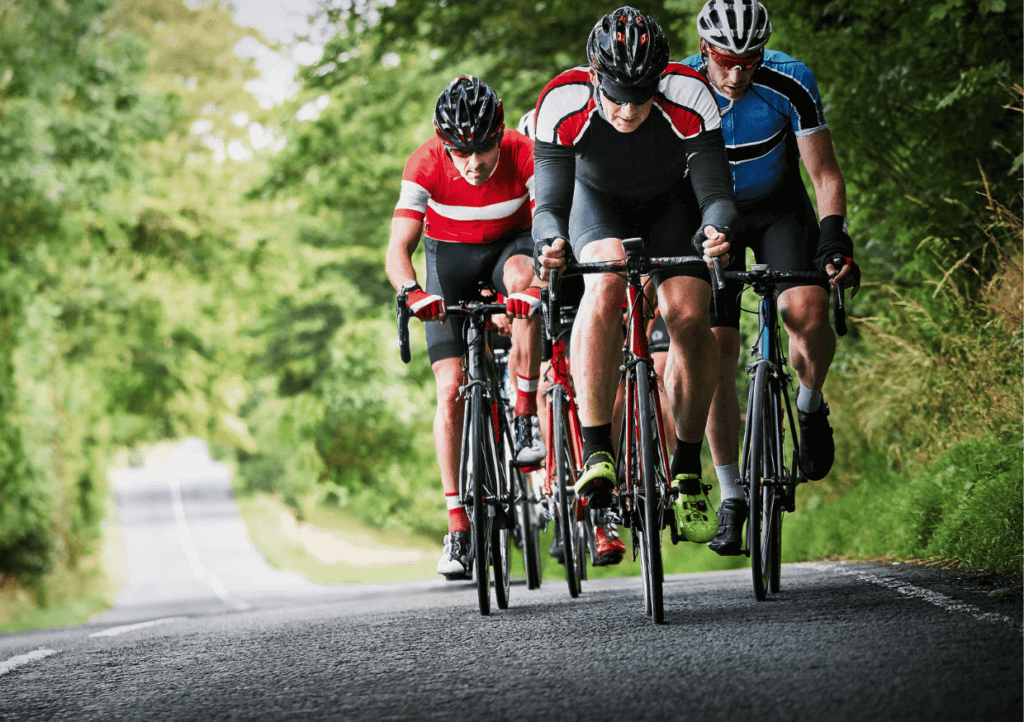
Take the wind’s direction into account when mapping your ride. Starting your journey into the wind is a tactic that pays dividends on the return leg. By facing the headwind at the beginning, you reserve your energy for the crucial later stages when you’ll have the wind at your back.
Consider choosing sheltered routes that take advantage of natural wind breaks like woods, hedges, cornfields, buildings, or walls. Even low barriers can make a significant difference in reducing the wind’s impact on your ride.
Additionally, if you have the flexibility to do so, opt for a route with multiple turns. Riding a route with several bends can help prevent long stretches of riding straight into a relentless headwind. It provides moments of respite and changes in wind direction, making your journey more manageable.
3. Aero Position: Slicing Through the Wind
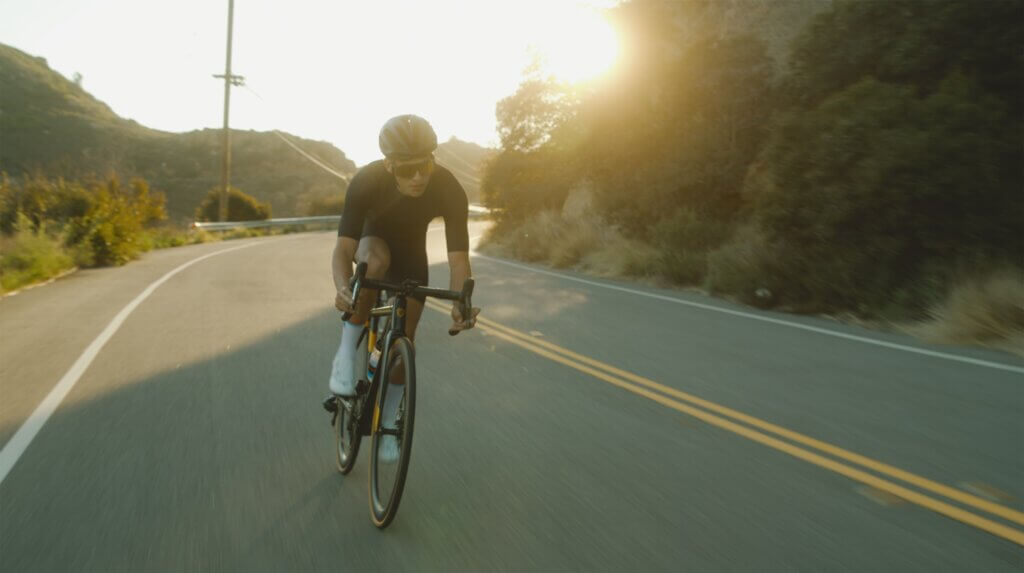
An aerodynamic riding position is your secret weapon against headwinds. To conquer the wind, get low and streamline your body. Tuck in your elbows, lower your torso, and keep your head down.
These adjustments minimize your body’s exposure to the wind, effectively reducing drag and allowing you to cut through the air with greater ease. By presenting a smaller profile to the wind, you significantly decrease the resistance you face.
Crosswinds, as mentioned earlier, can pose unique challenges. They are responsible for sudden lateral shifts in your position. Adopting a low and aero riding position to become more compact and lower your center of gravity reducing the impact of crosswinds.
Moreover, adopting an aerodynamic position is not only about conquering headwinds but also improving your overall cycling efficiency.
4. Navigating Winds: A Guide to Gear Shifting
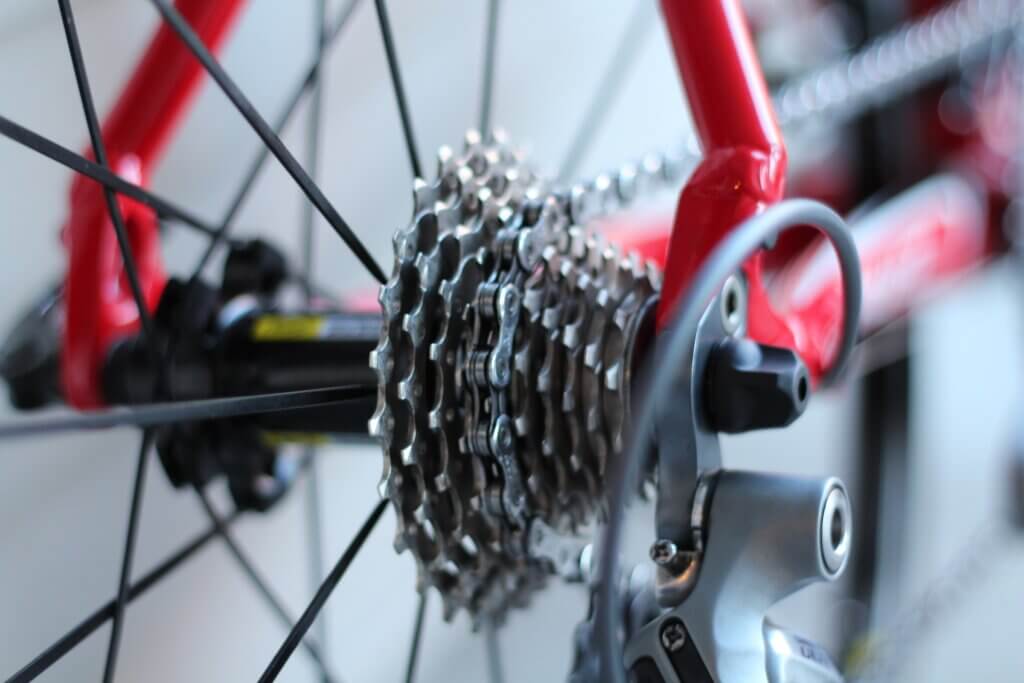
Your gear selection plays a pivotal role in your ability to tackle windy conditions effectively. When you’re facing a headwind, it’s essential to choose the right gear to maintain a comfortable pedaling cadence. While the instinct in headwinds might be to stay in a low gear and pedal harder, this effort is challenging to sustain over long distances – often not as long as the wind keeps blowing.
The key to riding against the wind is to shift to a lower gear, which means choosing a larger cassette cog at the rear and a smaller chainring at the front. This adjustment allows you to maintain a brisk pedaling cadence, ideally around 90 revolutions per minute (rpm).
This approach is much kinder to your leg muscles and, especially, your knees. It enables you to endure the effort for more extended periods, which is crucial when battling an all-day headwind.
In essence, it’s all about finding the right balance – gearing down to conquer the wind while preserving your leg strength and safeguarding your knees for the long haul.
So, when you’re up against a challenging headwind, remember to shift to a lower gear, making pedaling easier and more efficient. This way, you’ll not only face the wind with confidence but also keep your legs in excellent shape for your entire journey.
5. Join a Group: Teamwork Against the Wind
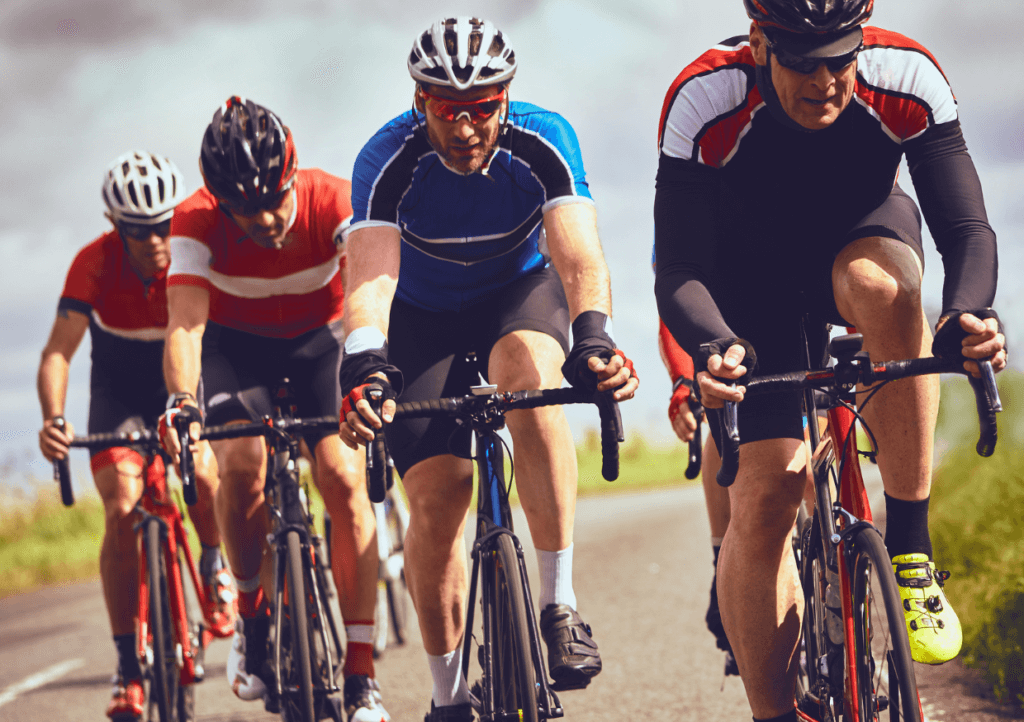
Cycling in a group can be a game-changer on windy days. The primary advantage lies in the principle of drafting. When you ride closely behind another cyclist, you experience significantly reduced wind resistance.
The front of the group takes the brunt of the headwind, creating a slipstream behind them that offers a much easier ride for those following.In a group setting, the collective effort further eases the burden of riding in windy conditions.
Riders can take turns leading and taking shelter behind the others. This rotation allows each cyclist to rest briefly in the draft, conserving energy for the moments when they need to contribute to the headwind effort.
However, it’s crucial to adhere to a primary rule in headwinds: keep pulls short. The duration of a pull should vary, depending on various factors, such as the strength of the riders in the group and the wind’s intensity.
Ideally, no rider should become so drained in the lead that they are unable to rejoin the paceline after dropping back. Stronger riders can pull longer, while weaker riders should swing off immediately after reaching the front. In windy conditions, ego should never get in the way of reality, as maintaining energy for the entire ride is critical.
6. Stay Loose and Relaxed: Conquering Wind Gusts

Wind gusts can be unpredictable and challenging to navigate, especially in gusty conditions. To maintain control and stability in such situations, it’s essential to keep your upper body relaxed while maintaining a firm grip on the handlebars.
Tense upper-body muscles can hinder your bike’s ability to respond to crosswind gusts, making it more challenging to handle. Remaining loose and relaxed is the key to successfully navigating windy conditions.
With relaxed shoulders and elbows, you’ll be in control and better equipped to handle sudden gusts or shifts in the wind’s direction. Staying composed and collected is your ticket to a safe and confident ride.
7. Stay Hydrated and Fuel Up: Wind-Induced Demands
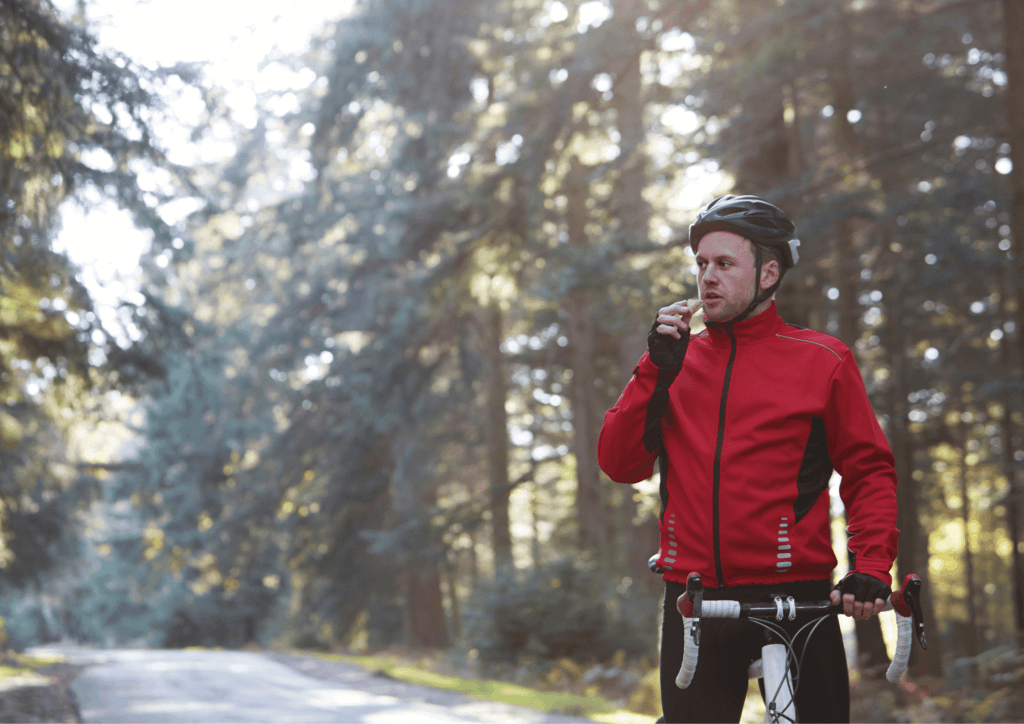
Riding in the wind is more physically demanding than cycling in calm conditions. The effort required to pedal against a headwind can quickly deplete your energy stores and lead to fatigue.
To combat this, it’s essential to stay well-hydrated and adequately fueled throughout your ride. Wind-induced demands require proper nutrition and hydration to sustain your energy levels.
While you may be traveling at lower speeds due to the headwind, you’re putting in more effort to maintain your pace. This increased exertion means you’ll be burning more energy, making it crucial to fuel your body adequately.
Neglecting your nutritional needs can lead to quicker fatigue and a less enjoyable ride.
8. Utilize Headwinds for Training: The Wind’s Silver Lining
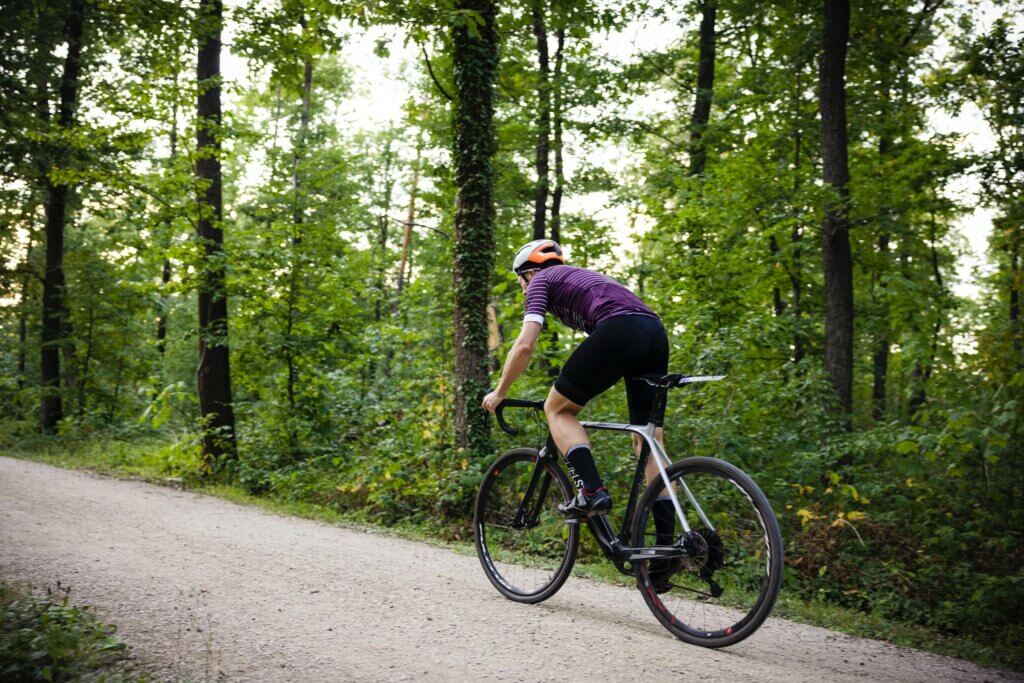
Headwinds, though often unwelcome, can be a valuable training tool for cyclists. Instead of dreading them, embrace headwinds as an opportunity to enhance your strength and endurance.
Headwinds bring resistance, making your rides more challenging, and this challenge is precisely what can help you push your limits and boost your fitness. They are especially beneficial for interval training sessions, particularly the longer ones.
To make the most of headwind training, incorporate the following strategies:
1. Ride hard for 2-5 minutes into a brisk headwind, then pedal easily for about half of that interval’s length.
2. When preparing for hilly events and confronted with flat training routes, climb into a headwind. The stronger the wind, the steeper the grade will feel, providing a potent weapon for improving your climbing skills.
3. Develop sprinting speed by training with tailwind intervals lasting 30-60 seconds. These intervals can be performed out of the saddle to simulate the high-speed final kilometer of a sprint.
By integrating headwind and tailwind intervals into your training routine, you can significantly enhance your cycling performance. This approach not only helps you become a more versatile cyclist but also equips you to tackle various on-road challenges effectively.
9. Reserve Energy for the Finish: Smart Pacing
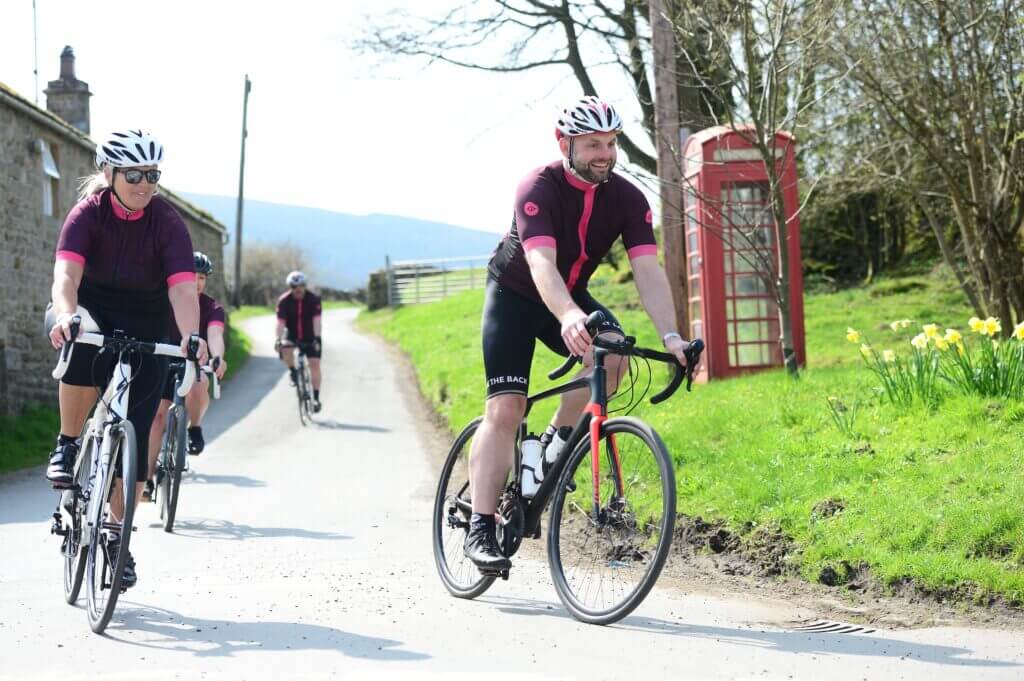
Pacing is a crucial aspect of cycling in windy conditions, particularly when facing headwinds. A common mistake is to start too aggressively, expending all your energy early in the ride.
This approach can lead to premature fatigue and a challenging cycle home. To ensure you have enough energy for the later stages of your ride and any unexpected challenges, it’s essential to pace yourself wisely.
Resist the temptation to go all out at the start, especially when riding into a headwind. Instead, maintain a steady effort that you can sustain over the duration of your ride.
By conserving some of your energy for the latter part of your journey, you’ll finish strong and avoid the risk of running out of steam prematurely.

